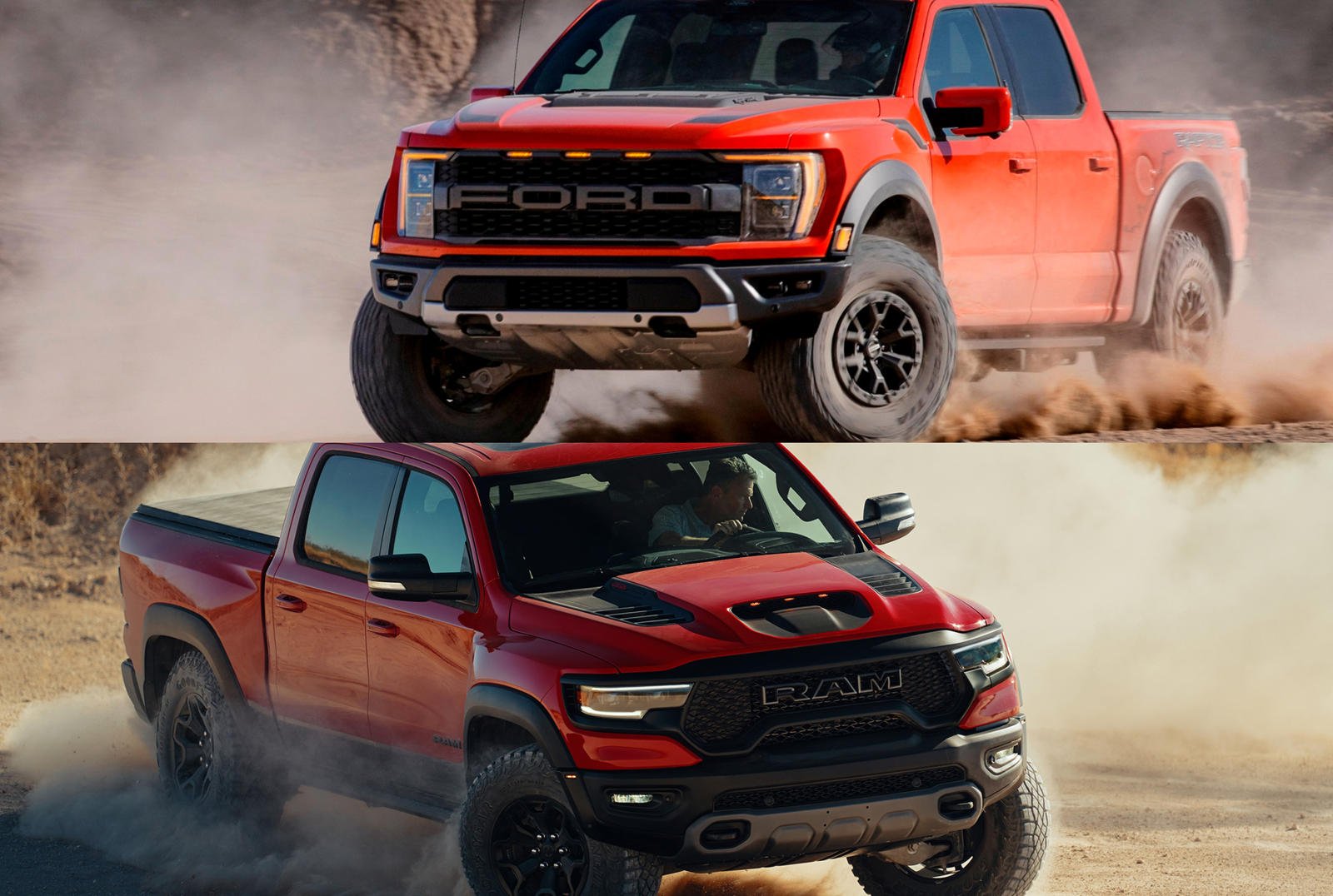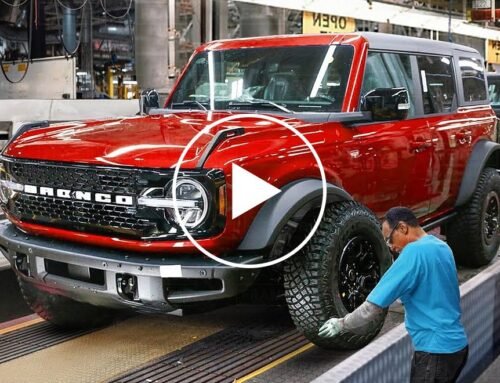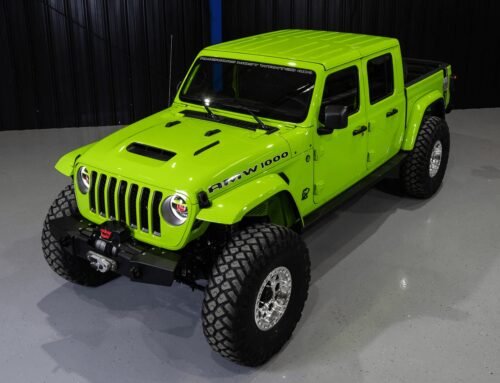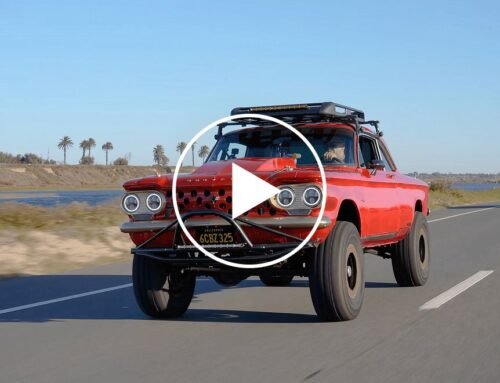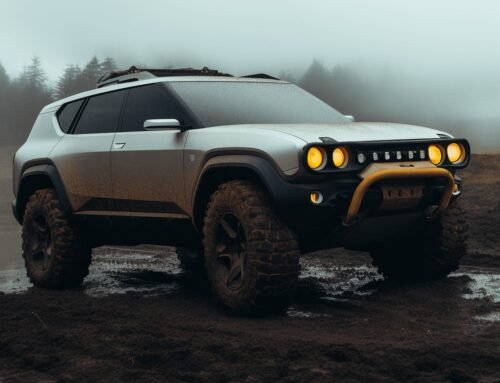It’s the heavyweight pickup battle of the year.
If Bronco vs. Wrangler was the match-up that defined 2020, this is the battle we’ve all been waiting for in 2021. A pair of new high-performance off-road trucks have added some fresh venom to an age-old rivalry. The Ram 1500 TRX came first, having been unveiled last year as a blisteringly quick pickup that nothing else with the same body style and an internal combustion engine could match, and yesterday, the covers finally came off the new Ford F-150 Raptor.
Many fans were disappointed to learn that the Raptor uses a 3.5-liter EcoBoost V6, with the V8 set to make an appearance in next year’s Raptor R. Immediately, that puts the new Raptor at a disadvantage relative to the supercharged 1500 TRX, but there are many other aspects in which these two menacing trucks are closely matched. Let’s dig in.
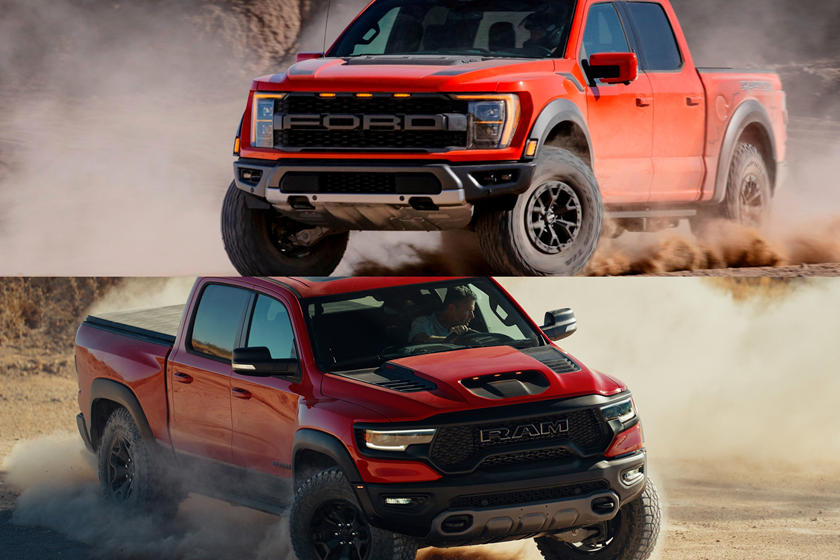 CarBuzz
CarBuzz
Exteriors: Subtlety Is Underrated
Both trucks have presence in bucketloads. The Ram is a full eight inches wider than the regular 1500 and comes with composite flares, 35-inch Goodyear Territory all-terrain tires, and an ultra-aggressive hood scoop. It looks fantastic. The same can be said of the F-150 Raptor. It can be specified with even larger 37-inch BF Goodrich tires, which are said to be the biggest factory-fitted tires on any production light-duty pickup.
Both trucks have massive grilles with their brand names brandished boldly across them. In terms of dimensions, the TRX is 0.3 inches longer, 1.4 inches wider, and 0.2 inches taller than the Raptor when the latter is riding on 37-inch rubber.
Interiors: Tech Meets Sport
The latest Raptor benefits from the new F-150’s improved cabin, while the 1500 lineup, in general, moved the goalposts forward for interiors in this segment. Both receive sporty add-ons. In the TRX, you get a flat-bottom SRT steering wheel, aluminum paddle shifters, and that impressive 12-inch Uconnect 4C NAV infotainment display. The Raptor counters with its own aluminum paddle shifters, available Recaro bucket seats, and the SYNC 4 infotainment system. You can also spec an 18-speaker B&O Unleashed sound system. For now, we’d say that the two cabins are on a pretty equal footing.
Off-Road: Both Are Class Leaders
Digging deeper into the spec sheet reveals how immensely capable both trucks are. With those 37-inch tires, the Raptor has 13.1 inches of ground clearance, giving it a clear advantage over the TRX’s 11.8 inches.
The approach/departure/breakover angles for the TRX work out to 30.2/23.5/21.9 inches respectively. These numbers are excellent, but even with 35-inch tires, the Raptor has better figures of 31/23.9/22.7 inches.
Both trucks have uprated underpinnings that can cope with truly demanding terrain. The TRX has a Dana 60 solid rear axle along with 2.6-inch Bilstein Black Hawk e2 adaptive performance shocks. Like the Ram, the Ford has a five-link rear suspension setup. Ford claims that the Raptor’s 24-inch coil springs are the longest in its class, while heavy landings at high speeds are made possible by Fox Live Valve internal bypass shocks. Both front and rear suspension travel are about an inch more for the Raptor, although the maximum damping force absorption per corner is 1,000 lbs more for the TRX.
Off-Road Tech: Another Close Call
The mechanical integrity of both trucks is clear, but what about technologies to make off-roading easier and safer? Each truck offers numerous drive modes, with seven for the Ford’s Terrain Management System. These include Rock Crawl, Baja, Slippery, and Off-Road modes. The TRX also offers a Baja mode, along with Off-Road and Wet/Snow.
Each truck has an available system for slow, controlled crawling, sort of like a cruise control for off-road conditions. This is known as Selec-Speed Control for the Ram and Trail Control for the Ford. Uniquely in the Ford’s favor is its Trail One-Pedal function, with automatic braking when the gas pedal is released.
On-Road Performance: Ram Leads The Way
Until the V8-powered Raptor R gets here, the Ford won’t be able to keep up with the Ram when mud turns to smooth pavement. The Ram’s incredible 6.2-liter supercharged HEMI V8 makes 702 horsepower and 650 lb-ft of torque. It’ll fly to 60 mph in 4.5 seconds and complete the quarter-mile in under 13 seconds. Ford has yet to reveal the EcoBoost’s outputs, but even assuming a bump up in power over the last Raptor to around 500 hp, it still won’t match the Ram.
Although the regular Ram 1500 and Ford F-150 offer superior towing numbers, the new Raptor can still tow up to 8,200 pounds, an improvement of 200 lbs over the outgoing model. Once again, the TRX falls just short with a figure of 8,100 lbs. The Raptor’s payload figure of 1,400 lbs is also better than the TRX’s 1,310 lbs.
 Ford
Ford
 Ford
Ford
 Copyright © 2020 FCA US LLC. All Rights Reserved.
Copyright © 2020 FCA US LLC. All Rights Reserved.
 Ram
Ram
Pricing And Summary
Ford hasn’t shared pricing for the new F-150 Raptor just yet, but it should come in below the very expensive 1500 TRX. The Ram retails at a steep $69,995 before a $1,695 destination charge. The outgoing Raptor started at almost $20,000 less than that.
For now, if you want the fastest on-road truck with a high level of off-road capability and don’t care much for efficiency, the Ram 1500 TRX remains untouchable. However, the (likely) less expensive Ford F-150 Raptor has the edge in more categories that matter to hardcore off-roaders, but it will be left in the TRX’s dust on the road. That could all change once the Raptor R arrives.
 CarBuzz
CarBuzz
 Ram
Ram
 Ram
Ram
 Ford
Ford
 Ford
Ford

